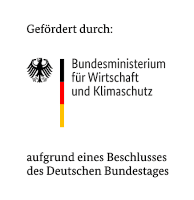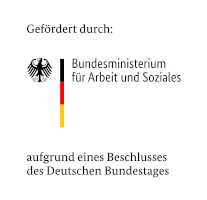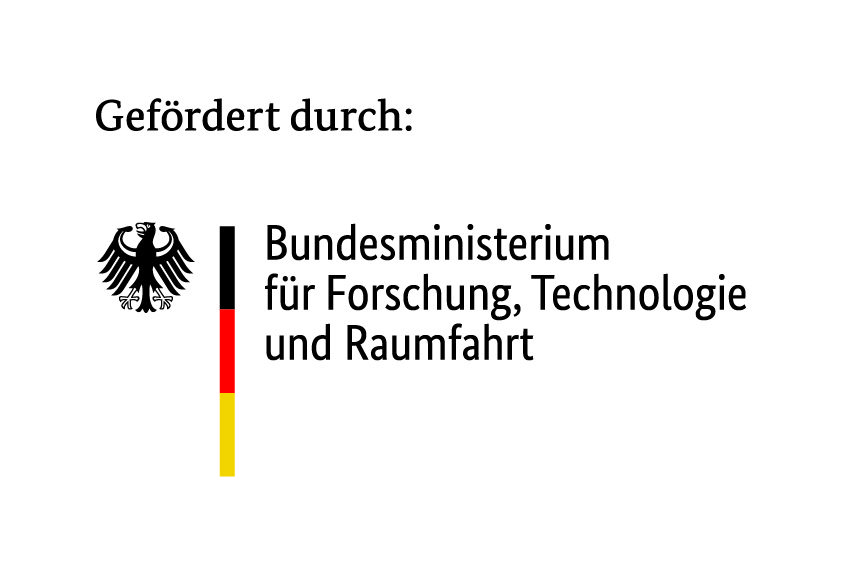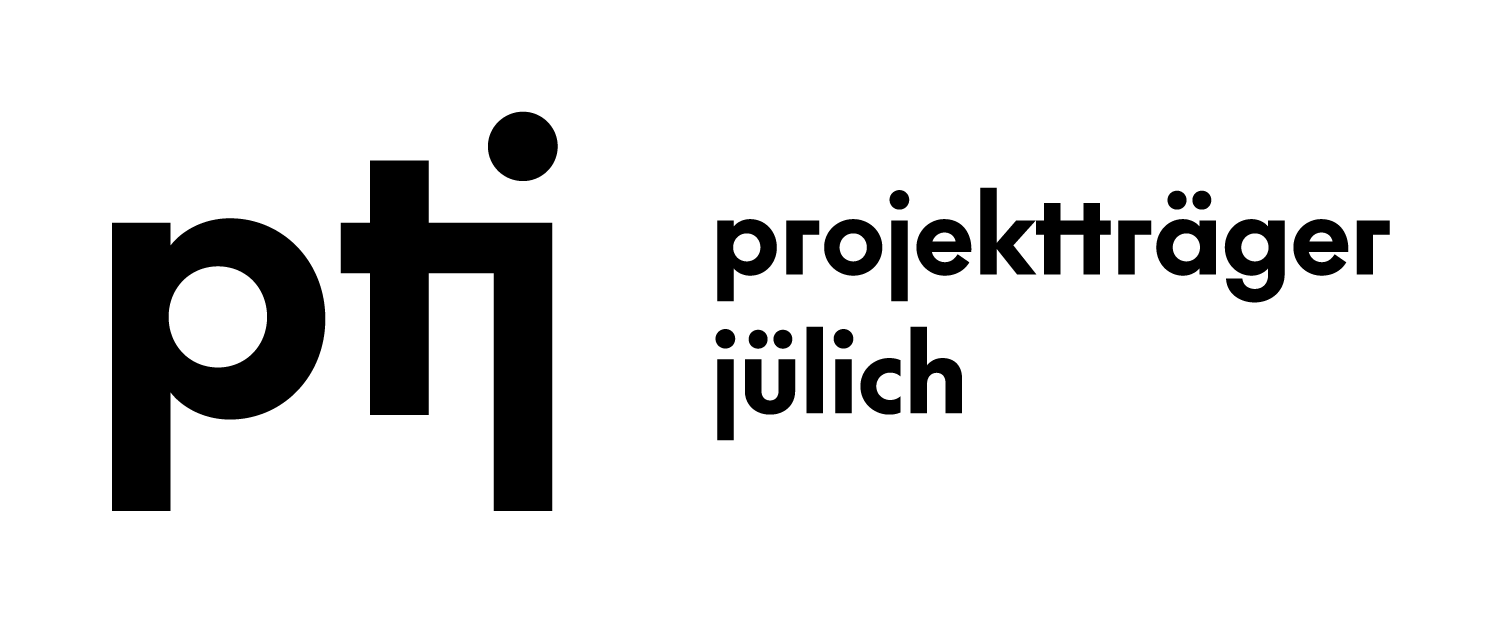Reinforcing concrete beams «actively», i.e. bonding prestressed CFRP lamellae with epoxy resin under tensile stress, is the current research project of Empa’s «Engineering Structures» department under Christoph Czaderski. In this further development of the «Ebrog» method (for externally bonded reinforcement on grooves), the ends are relaxed again when the bond has hardened. The strips, which «want» to contract, thus counteract the deflection even more.
This may sound simple, but because up to 14 tonnes of tensile forces act on the ends of the strips, special attention is paid to the anchoring of the slats. CFRPs offer new application possibilities in many places, and so the Empa team also designed U-shaped stirrups made of CFRP specifically for the new method. The advantages: more precisely defined transmission of forces and no corrosion.
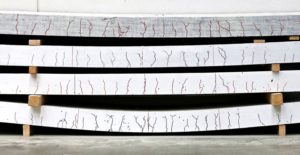
The potential of this Innosuisse project is great, as tests in the laboratory show: The method with prestressing and CFRP stirrups increased the load capacity of a concrete slab by 77 per cent compared to the «classic» reinforcement method without grooves and prestressing. Even without prestressing, it was still 34 percent.
In order to make the technology ready for the market, large-scale tests on concrete slabs with a span of six metres will first provide further findings before a real renovation project follows in 2021. Meanwhile, the industry partner S&P Clever Reinforcement Company is already working on practical aspects of implementation.
Read on for further information





